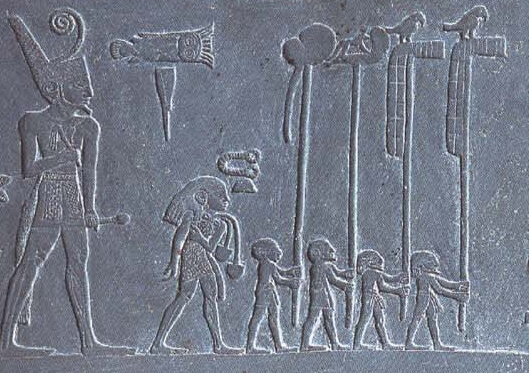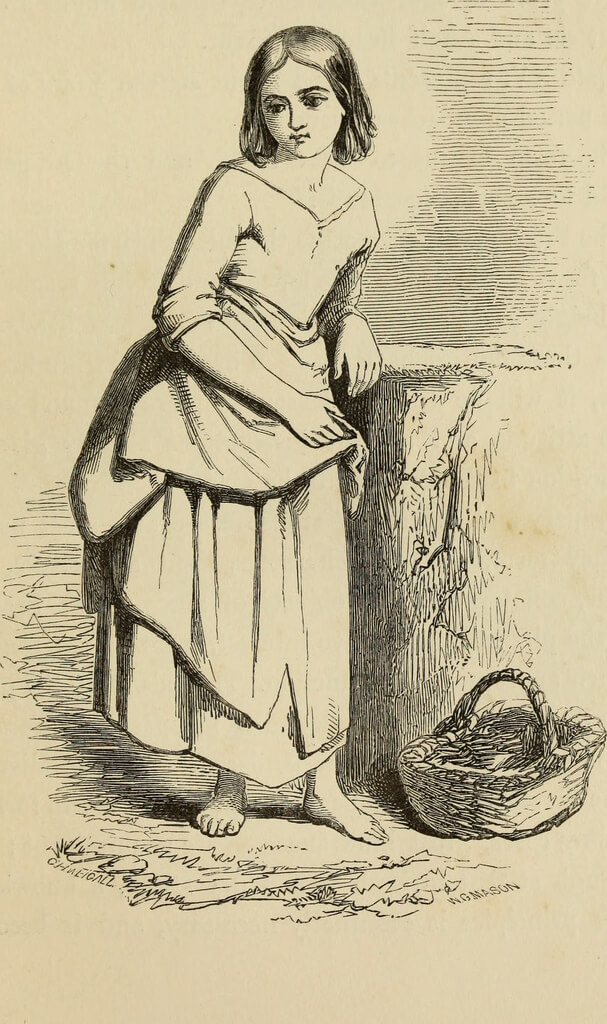Proportion

The proportion in this depiction was used to denote the relative importance in the figures in the artwork.
The Narmer Palette - obverse side, Early Dynastic Period of Egypt, about the 31st century BC.
NebMaatRa [CC BY-SA 3.0], via Wikimedia Commons
Proportion is a comparison of the sizes, shapes, and numbers of elements in a composition. It is used to describe the relationship between one part of a composition and other parts or the whole work. Proportions can be contrasting, such as in a drawing of a very tall person next to a very small person, or they can be balanced, such as in a drawing of two similarly sized shapes. Sometimes objects in art are described as disproportionate and out-of-proportion. This means that the object's size, shape, or quantity does not match with other elements in the work.

Proportion can also be used to refer to having lifelike proportion as in this figure drawing.
Image from page 50 of The art of figure drawing.
Header Art Image Courtesy of Wikimedia Commons.
